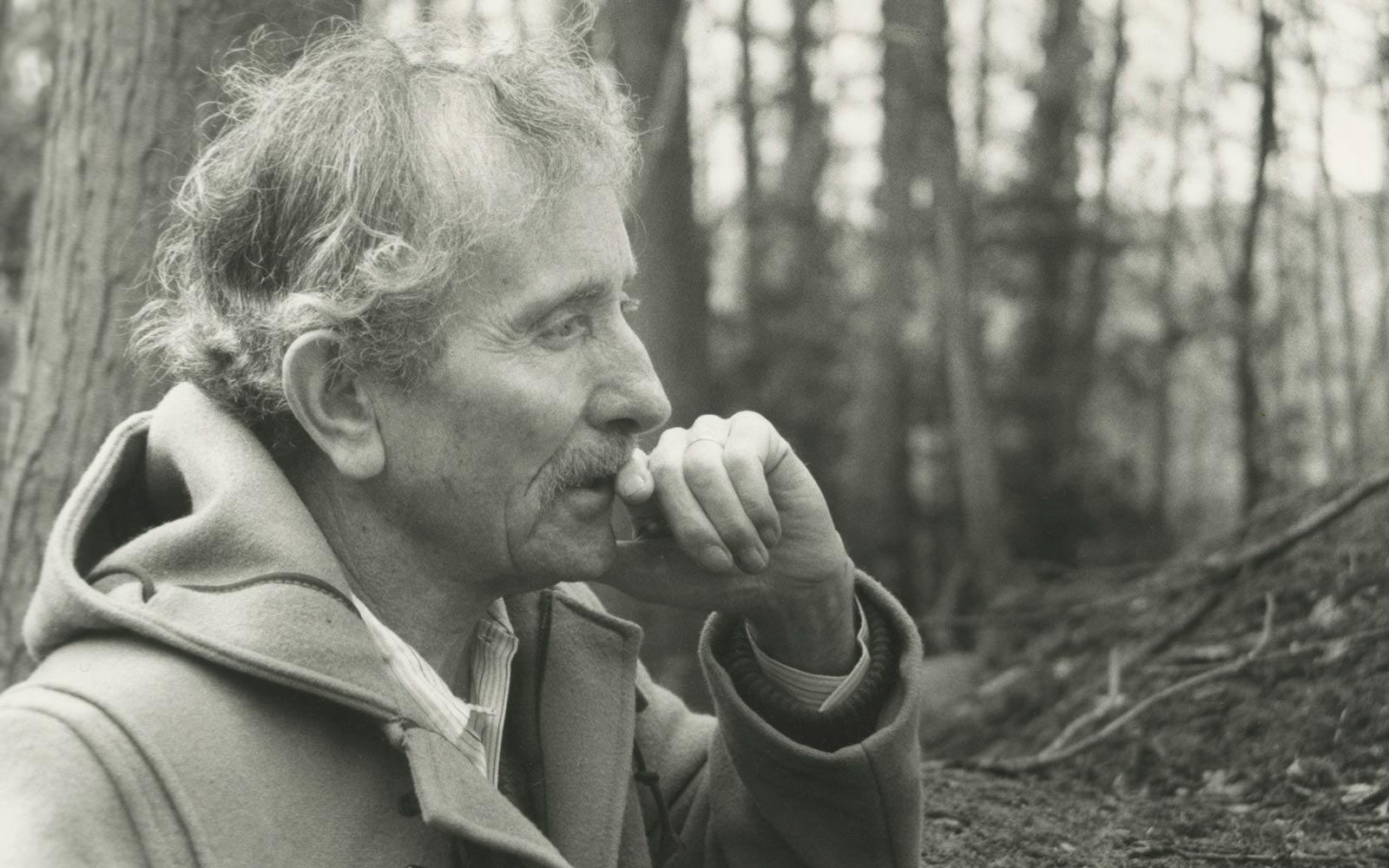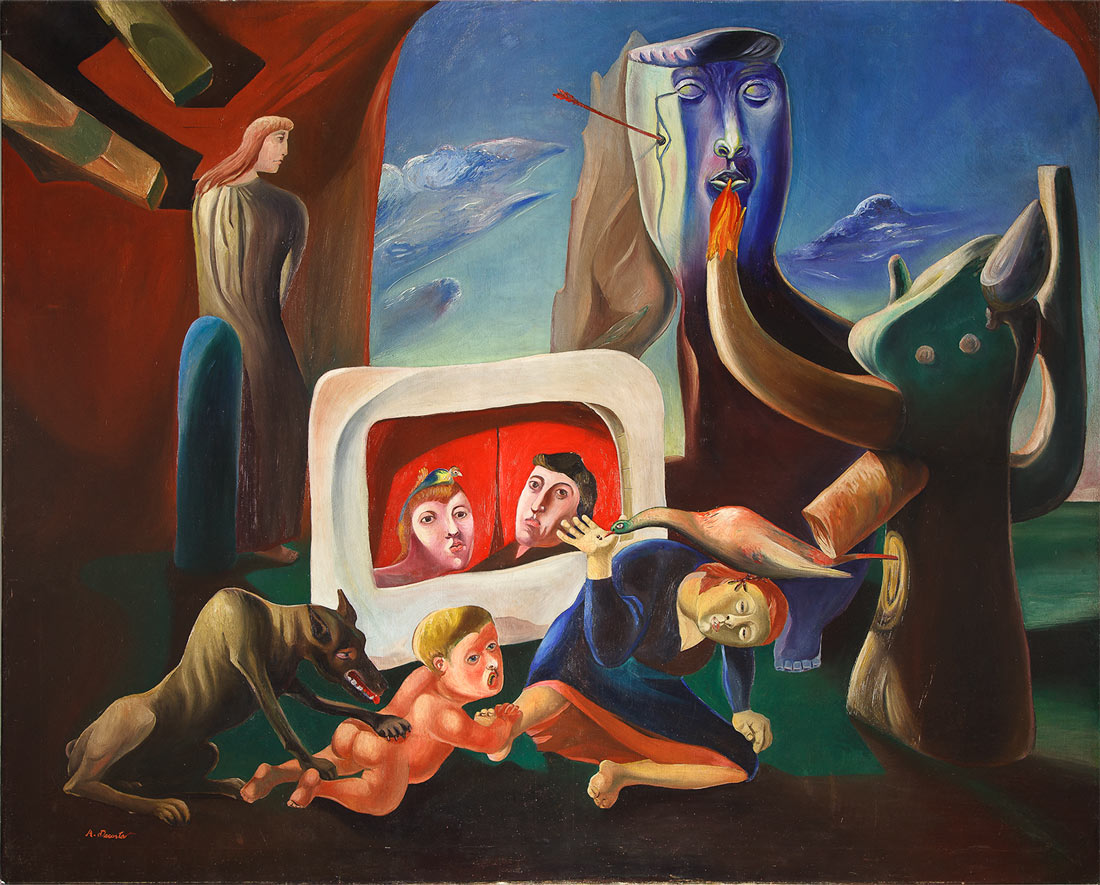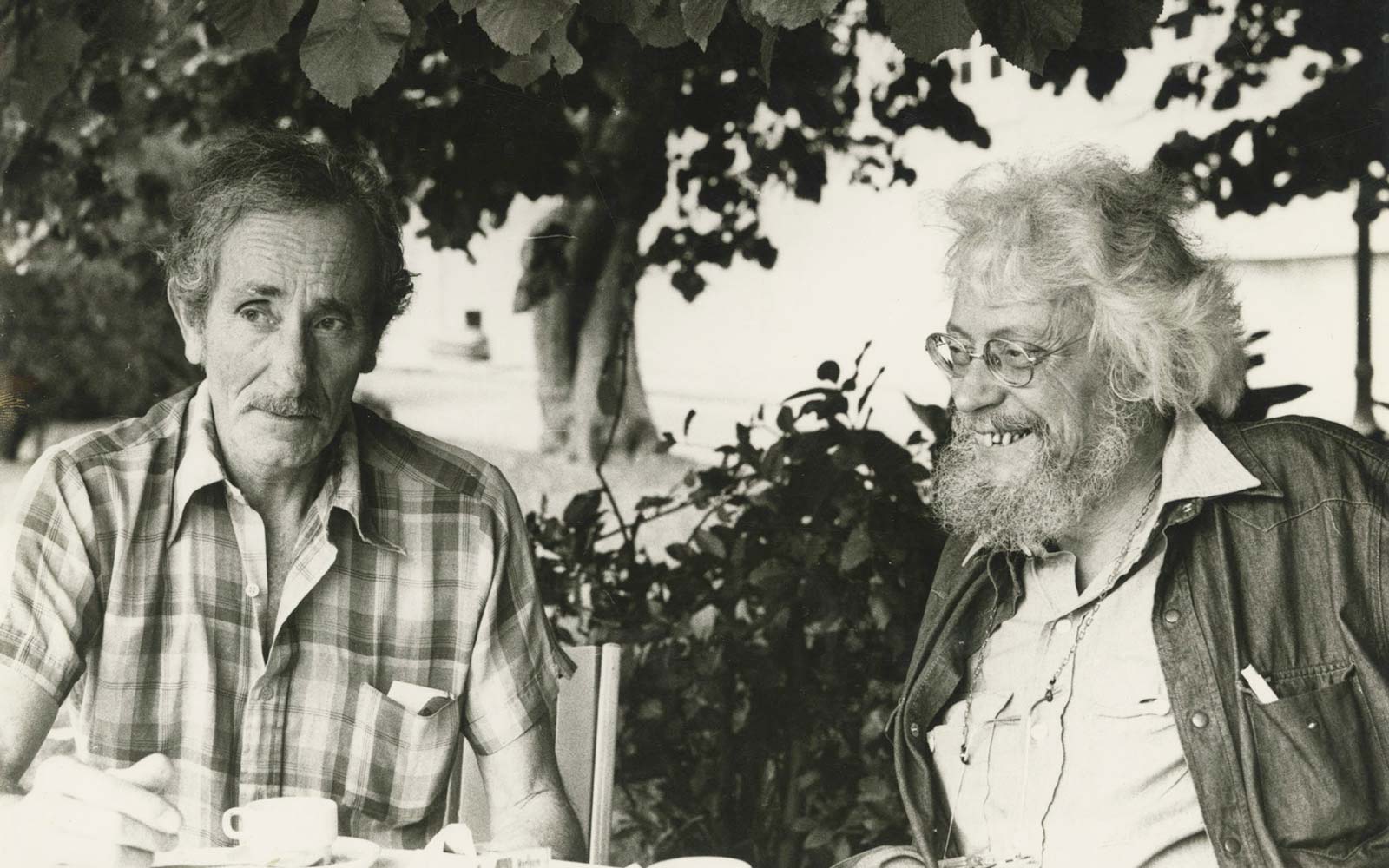Launch of the new edition of the Catalogue Raisonné of António Dacosta

The second edition of the Catalogue Raisonné of the works of António Dacosta (Angra do Heroísmo, Azores, 1914 – Paris, 1990) is now available to the public in a version that is more complete and enhanced both scientifically – with new content resulting from further research – and technically – with the creation of a new integrated website that is appealing and dynamic.
The first edition of the Catalogue was launched in October 2014 to mark the centenary of the painter’s birth, coinciding with the opening of a retrospective exhibition of his work in the Centro de Arte Moderna. Regarded as the first online catalogue focusing on a Portuguese artist, this pioneering initiative makes an indelible mark on artistic studies and research.

The preparation of the Catalogue Raisonné involved the survey of all of António Dacosta’s works, which currently total 770, accompanied by high-quality reproductions and a detailed study of each of them, including historiographic analysis and identification of all the associated collections, exhibitions and bibliographic references. This catalogue also provides a critical survey of Dacosta’s work, essays and testimonies by close friends or experts about his way of being and making art.
This project involved Fernando Rosa Dias as scientific coordinator, with Patrícia Rosas and Matilde Corrêa Mendes in charge of executive and editorial coordination, as well as a research team including Joana Jeremias, Leonor Reis and Sofia Bento.
The Calouste Gulbenkian Foundation would particularly like to thank Miriam Rewald Dacosta, the artist’s widow, for proposing the initiative and for the support she has given over the years of research.


By promoting the work of a fundamental artist in the history of Portuguese art and in the CAM Collection, this new and original project also aims to stimulate the development of other similar projects highlighting national art and artists.
With the intention of keeping the catalogue up-to-date, we would appreciate it if researchers and collectors of Dacosta’s work could contact us via email: [email protected].